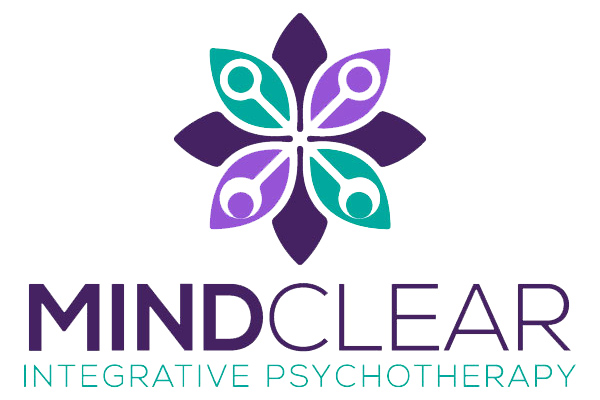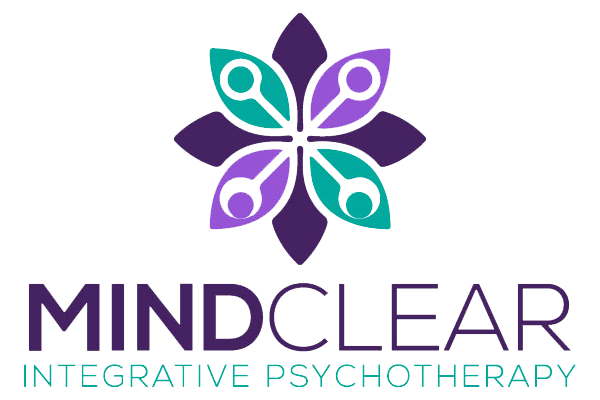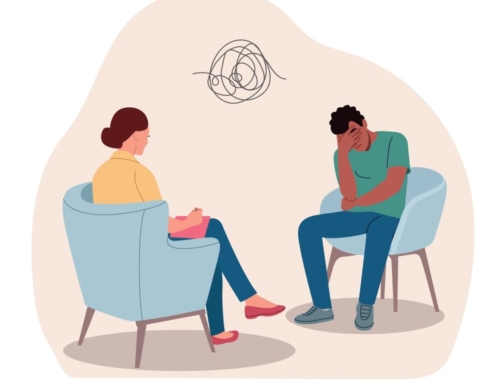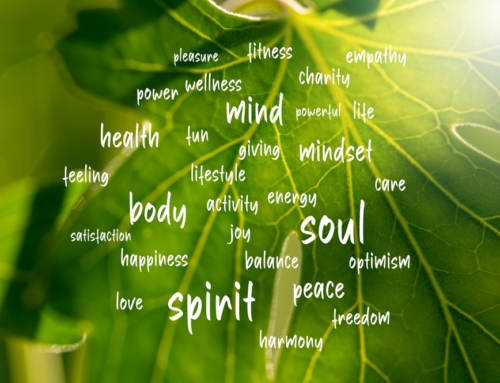Finding Safety After Trauma

Photo by Sixteen Miles Out on Unsplash
Trauma can leave a lasting sense of fear for survivors, no matter how long ago it may have happened. Even when physical safety has been established, the dread persists. Developing an internal sense of safety after trauma might feel impossible. But, it isn’t.
Our Brains Are Designed for Survival
If you’ve ever experienced the travesty that is food poisoning then you also know how difficult it was to ever eat said food again. Once something has proven to be a threat to our lives, the brain will do everything it can to keep it from happening again, even overgeneralizing to anything that might even resemble the threat.
Of course, when the threat was a trusted relationship, especially if it was a parent, then a risk of all people being a threat becomes very real. This fear becomes reinforced every time another hurt gets piled on.
Rewiring the brain to know that at least some people and places are to be trusted is pretty much the same process as eating yogurt after the last one poisoned you (personal experience, oof!). There’s some internal and maybe even external negotiation between parts of yourself. Telling yourself “It’s ok. I’m safe.” And, at some point, taking the leap and exposing yourself to the very things you fear. Slowly. Over a long period of time. Until you realize that the things you feared are no longer scary at all.
The Body Holds On
Most people by now have heard of the book The Body Keeps the Score by Bessel van der Kolk (if you haven’t, definitely check it out!. One doesn’t need to even read its premise to know the gist: the body doesn’t forget the terrible things that have happened to it unless trained to let go.
This means that no amount of talk therapy, distractions, relationships, success, etc., are going to give you that internal sense of peace unless the body is attended to. Yoga is a big deal these days, and for good reason, but by no means is this the only avenue that leads to healing from within.
Relaxation, grounding, mindfulness, and meditative techniques all work on changing the brain and the body’s central nervous system to be less hypervigilant, less anxious, and less stressed. Tai Chi, Qui Gong, certain types of regular exercise, mindful walking, even canoeing or other nature-centered activities can also re-orient the body towards safety.
These things don’t work in the immediate, however. In fact, in the short-term they might feel miserable and lead to increased stress, fear, and dissociation. The key is learning what works for you and taking your time knowing it’s a long-haul sort of deal.
Visualize and Manifest Safety
No, this is not a covert promotion of The Secret. However, there is some truth to creating our realities based on what we expect and put out into the world. Our moods, reactions, and emotions can elicit certain responses from others, lead us to engage in behaviors that might not be conducive to our goals, and can even create a state of stress and terror within the body.
Visualization exercises can lead one to discover new realities, new narratives, and new opportunities. They help us to discover the unconscious and even trick our bodies into believing the fantasy to be real. If you’re not intent in creating what you want, then you remain at the whims of the universe and other people. You have more control over yourself than you may believe.
See Through New Eyes
We all are prone to the same biases. Confirmation and expectation biases can keep us trapped in a world of trauma and fear. If you expect people to be cruel, for instance, than you may mostly take in moments that you perceive cruelty while ignoring all the other instances where this isn’t true. You might elicit cruelty from others when it wouldn’t otherwise be there. You might even perceive cruelty where none exists.
Finding safety requires being able to literally see what most often you likely don’t even register. It takes energy, but is surely worth forcing your brain to process moments and interactions that don’t fit with it’s preconceived ideas and expectations.
Make Sure You Have a Literal Safe Space
Inner safety will never be found if you don’t have a physical space that feels safe and yours. This may go without saying, but nevertheless is perhaps the most important point. If you are actually in danger, then working on healing from past trauma is a moot point. But, this is more about having a reliable safe space away from the judgment of others, triggers, stressors, and/or reminders of past hurts.
It is also imperative that you learn to feel safe within your own head. Are you internally giving weight to those abusive voices from the past? Ruminating on the worst moments of your life? If so, find a way to pause these voices or memories, even if just for a moment. Tell them to give you just a little break while in your safe space.
It helps to have a little retreat. Maybe it’s your home, the gym, a bath, the park, the beach, or just your favorite chair with you wrapped up in a cozy blanket. Whatever it is, no matter how small, you need a spot that let’s you just say “ah, I’m ok.”
While trauma lives on in many ways and forms, you can heal. You can move forward. And, you can feel safe. It just takes a lot of time and practice.









